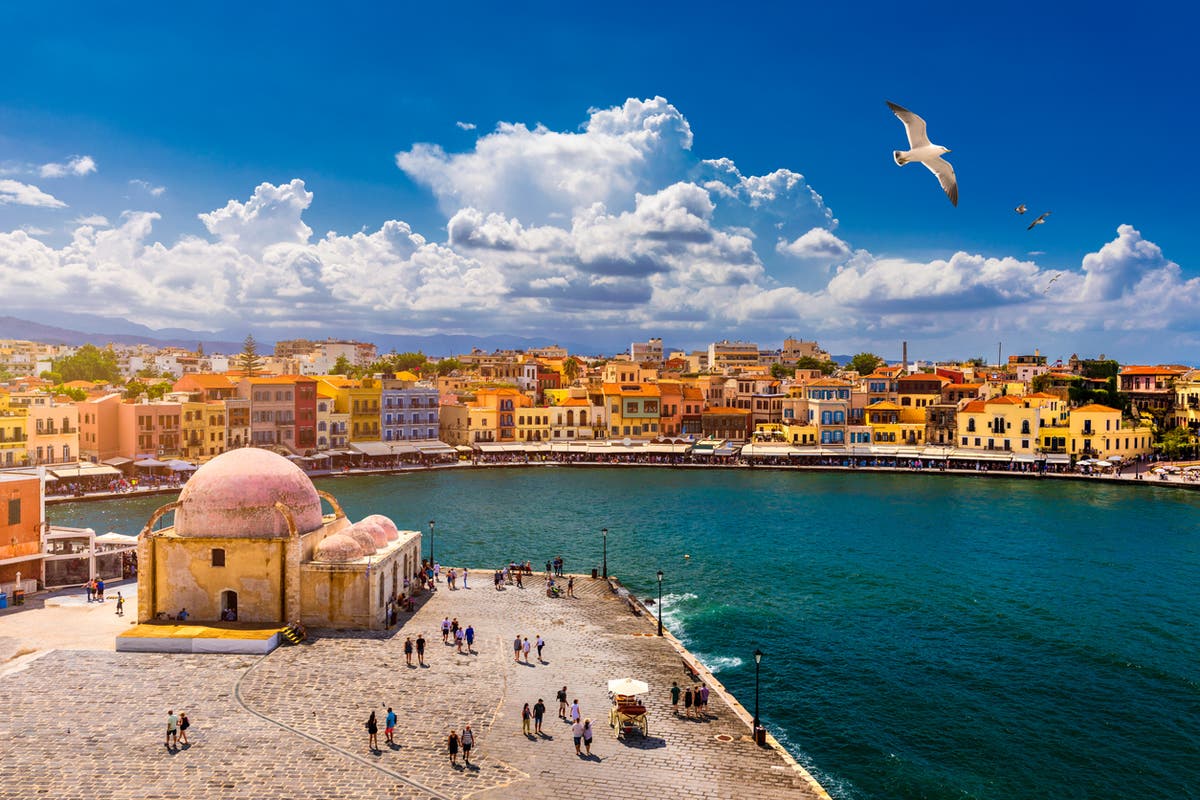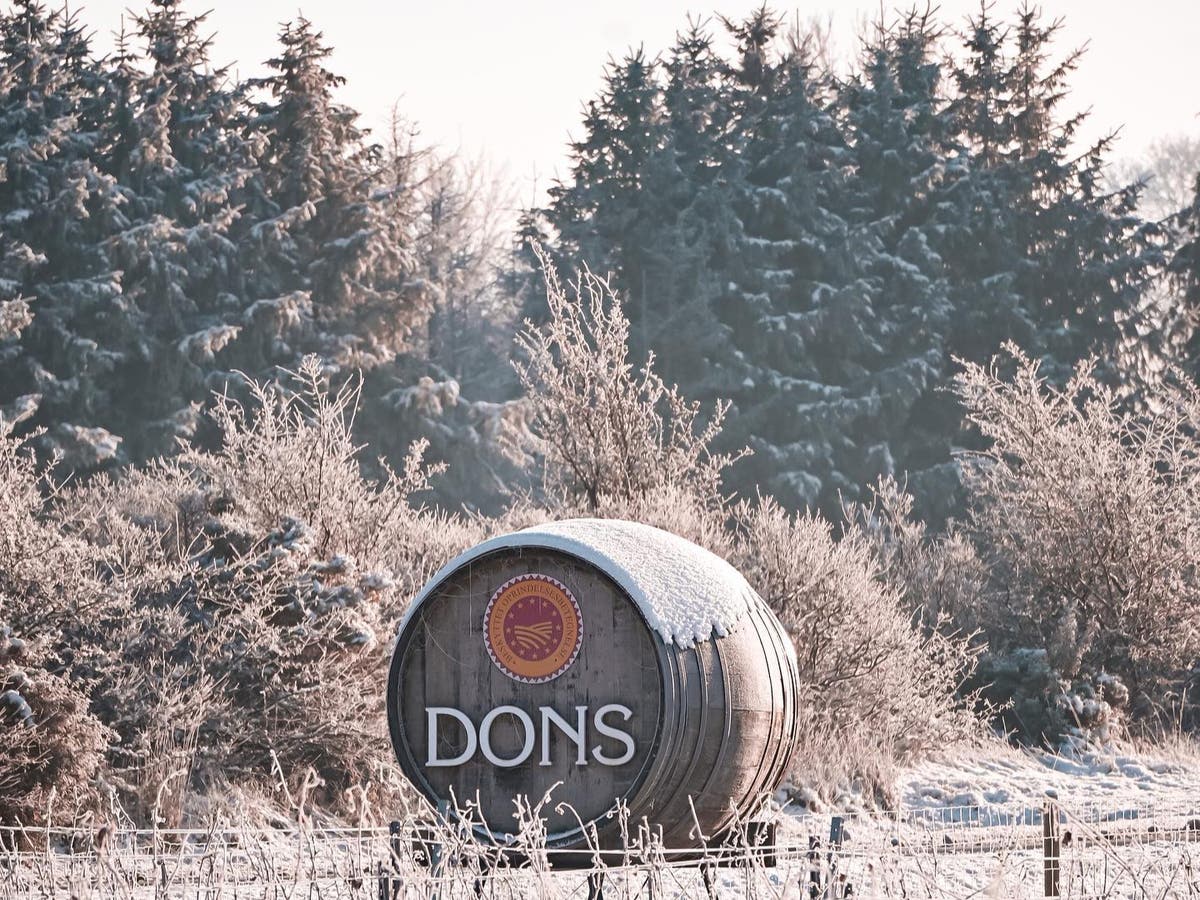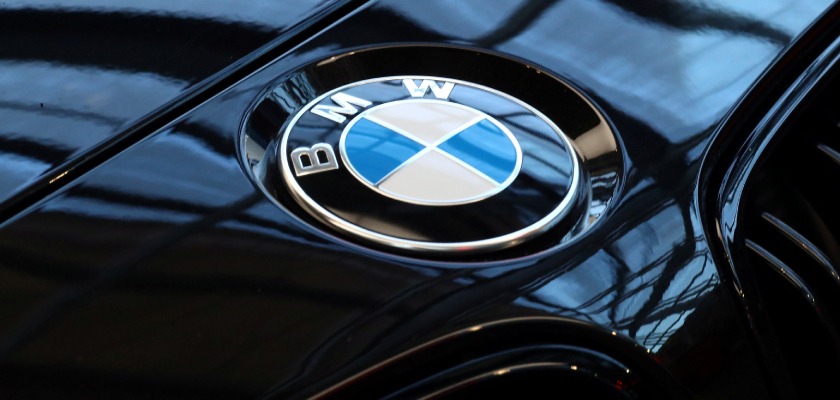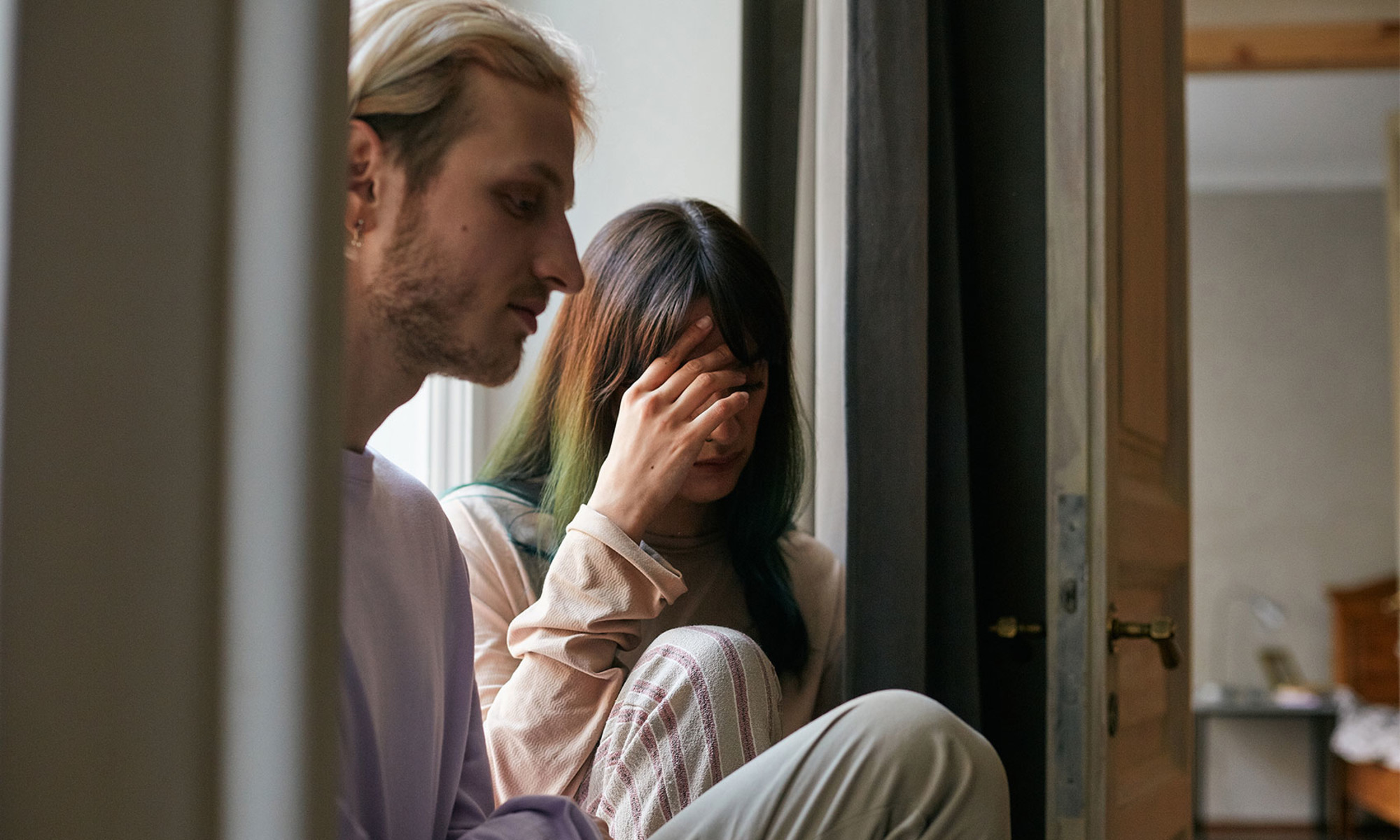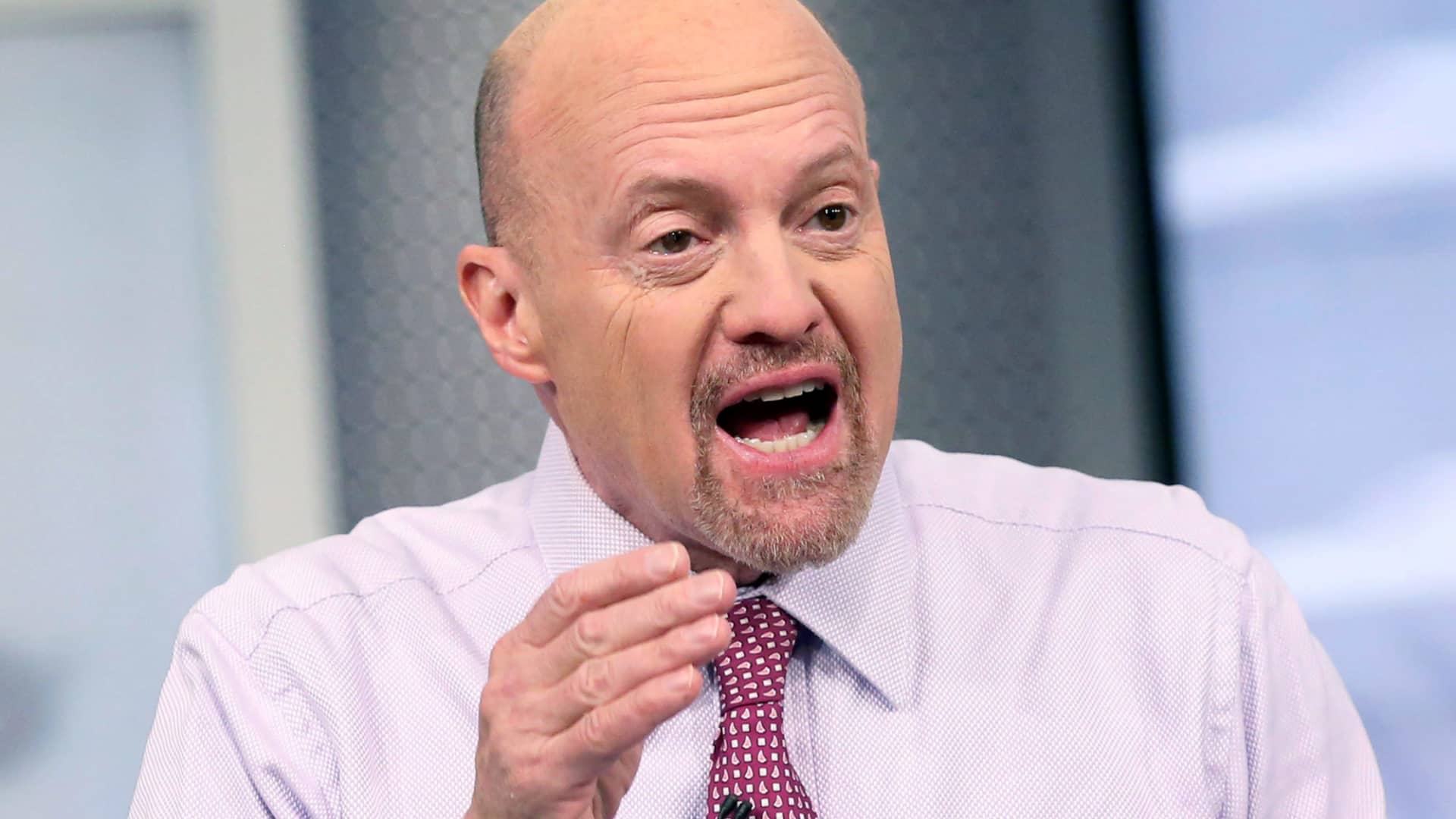Why you should pick Antwerp for your next arty city break
After 11 years and a €100m refurbishment, Antwerp’s Royal Museum of Fine Arts has finally reopened its doors – but there’s plenty more culture to soak up in this Belgian big hitter, finds Helen Coffey

“Come on – come and look at this!”
A woman I met 10 minutes previously beckons me over, giddy as a child, to what I can only describe as a shapely bottom protruding from the floor. You bet your arse – quite literally – I’m going over there.
“Lahhhhhh!!!”
If the bottom was unexpected, this certainly is. The bottom has started singing to me. A bit more vibrato-laden than my usual taste but, in fairness, it is the first bum ever to serenade me.
KMSKA’s bum hits all the right notes
(Helen Coffey)
Now for the challenge: this derriere isn’t just here to warble at visitors; it’s a clue, nodding to a painting somewhere else in this gallery. My new friend and I silently cast our eyes around the room. Neither of us says it, but I suspect we’re secretly in competition to spot the out-in-the-wild bum first. And it’s not long before – “Yes! There it is!” Damn, she won. I bestow a grudging smile of respect before we sidle up to the sculpture’s original inspiration – Jan Sluijters’ “Naakte vrouw” (Female Nude), dating from 1910.
We’re enjoying this ever-so-slightly surreal experience at the KMSKA, otherwise known as the Royal Museum of Fine Arts, which has finally reopened in Antwerp, Belgium, to much fanfare after an 11-year, €100m upgrade. They could have tarted up the interiors, restored some of the big hitters and called it a day – but instead they took it further, consciously adding in playful, interactive elements in nearly every room.
The bum isn’t the only piece by a contemporary artist installed as a prompt to spot the painting it was inspired by. Elsewhere, we come across a vaguely demonic cat in a cage, eyes flashing red as it calls a creepy, high-pitched “hello”; a black stockinged leg protruding from the wall; strokeable maroon velvet camels, their limbs draped in bizarre, slightly unsettling contortions. Oh, and a massive nose, hidden in plain sight high up on a wall.
We’re encouraging visitors to look differently and see more
Carmen Willems, KMSKA director
It’s all part of the push to make KMSKA accessible for everyone, not just highbrow types. After all, as Peter De Wilde, CEO of the Visit Flanders tourist board, says, “It’s not hard to build a pompous temple to art” – but that was never the intention here.
“Amaze, enrich and connect: those were our three key aims,” says Carmen Willems, KMSKA’s director. “We’re encouraging visitors to look differently and see more.”
To that end, as well as the “spot the artist’s original inspo” thing, alongside the 640 masterpieces on display are digital touchscreens that focus on one painting to provide a deeper insight through storytelling and timelines. Plus – my favourite part because I am more kid than adult – an interactive game. I get to try my hand at pointillism inspired by Henry Van de Velde, add accessories to Hans Memling’s angels (including a cowboy hat and maracas), and turn a Google streetview snap of my home town into a Jules Schmalzigaug-style futurist canvas.
My favourite feature of all is the huge moving painting room, where elements from four different famous artworks housed in the museum are projected onto the walls alongside sound effects. Rich colours sweep across the space, eyes blink open and close, leaves rustle and jewels fall like tinkling rain, all of it in bombastic, immersive technicolour.
A pompous temple to art it most certainly is not. And thank goodness.
Some 640 masterpieces are housed in KMSKA
(Karin Borghouts)
But Antwerp’s artistic side doesn’t stop at the doors of KMSKA – this is a destination that has long had art pumping through its veins. A compact yet thriving port city in the Flanders region of Belgium, in the 16th century it had an unusually high number of painters per capita (one for every 250 people), one of whom was Peter Paul Rubens. Antwerp’s most famous son is considered the most influential artist of the Flemish Baroque tradition, and it’s hard to avoid him in his home town (not that you’d want to).
A trip to Rubenshuis (Rubens House), the impressive house and courtyard he bought and renovated in 1610, gives insight into his life as a strikingly ambitious artist: “He’s what we refer to in Belgium as a diesel artist – it took him a long time to get going, but once he did, he produced a huge amount of amazing work,” says our guide. Quantity, not just quality, was the name of the game – Rubens set up a two-storey workshop to essentially mass-produce huge painted altar pieces, the only Antwerp artist savvy enough to do so. The museum is closing for four years from 9 January 2023 to undergo a major refurb – go now, while you still have the chance (tickets €12 for visitors 26 and over; €8 for 18-26-year-olds; free for under 18s).
He’s what we refer to in Belgium as a diesel artist – it took him a long time to get going, but once he did, he produced a huge amount of amazing work
You can see some of his finest works in situ at Antwerp Cathedral (€12 for adults, free for under 18s), where The Descent from the Cross and The Assumption of the Virgin Mary are both still displayed in the building they were originally created for more than 400 years ago. Two more of his pieces, The Elevation of the Cross and the Resurrection of Christ, can also be found amid the magnificent Gothic architecture.
And then there’s the M HKA (Museum of Contemporary Art Antwerp), KMSKA’s sister museum with collections from the 1960s avant-garde period onwards; MAS (Museum ann de Stroom), with over 500,000 museum pieces; FOMU (Fotomuseum Antwerp), one of Europe’s leading photography museums...
Antwerp Cathedral is home to some of Rubens’ most famous works
(Visit Flanders)
Legs sore from stomping around this pocket metropolis, including swinging by the Grote Markt, a central square in the old town where Antwerp’s Flemish Renaissance architecture can be seen to best effect, I decide to focus on a different kind of art: the caffeinated kind. I take my flat white with a side of browsing at Buchbar, a tiny cafe that doubles as a curated bookshop and exudes the air of a friend’s trendy yet cosy living room. The coffee is the real masterpiece, but even here I can’t escape the city’s more obvious artistic flair: the walls positively sing with eye-catching, colourful portraits.
Well, not literally; that skill’s reserved for the shapely bottom in the KMSKA.
Travel essentials
Getting there
Travel to Antwerp in just three hours and 20 minutes by train from London; catch the Eurostar to Brussels and change for an onward train to Antwerp.
Staying there
Doubles at the Mercure Antwerp City Centre, conveniently located for the train station, KMSKA and Rubenshuis, from £73.
More information
Tickets for KMSKA cost €20 for visitors 26 and over; €10 for 18-26-year-olds; free for under 18s.
Purchase a 24, 48 or 72-hour Antwerp City Card (from €29) for free public transport and entry to 22 of the city’s best attractions. Go to visitantwerpen.be for more information.

 JimMin
JimMin 









